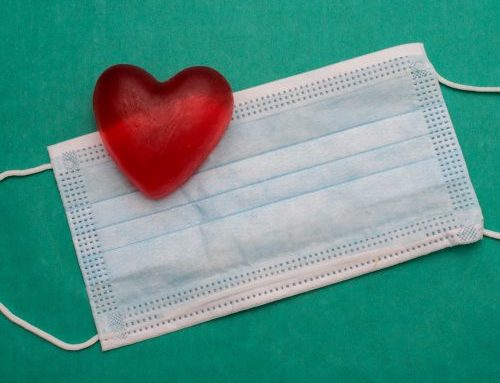Do you have SAD? I don’t mean “are you feeling sad?” –although you may be feeling sad if you struggle with SAD. In mental health, SAD refers to “Seasonal Affective Disorder” which is also known as “seasonal depression.” Seasonal Affective Disorder is a very common type of depression that tends to occur around the same time each year. Symptoms often begin in fall and may persist through the winter months.
However, these changes may not be noticeable until after the holidays. Why? Because early on, it is easy to attribute the changes to darker days and colder weather. The hustle and bustle of Thanksgiving, Christmas, and the new year may be distracting enough to mask these underlying symptoms.
After the new year as school resumes, visitors return home, and vacations are over, persistent symptoms tend to become more apparent. Now would be a good time to ask yourself whether you are feeling the following symptoms associated with SAD:
- Feeling sad or depressed most of the day, almost every day
- Low energy
- Changes in appetite or weight (eating more or less than usual)
- Losing interest in hobbies/interests
- Difficulties with sleep (either sleeping too much or sleeping too little)
- Feeling agitated or sluggish
- Problems with concentration
- Feeling hopeless, helpless, worthless, or guilty
- Having thoughts of death or suicide
Those with previous histories of depression or bipolar disorder are more likely to experience significant seasonal changes in mood. A family history of SAD or other types of mental illness may also increase your risk. Decreased sun exposure and changes to your circadian rhythm are implicated in SAD. These environmental changes tend to decrease serotonin levels and melatonin levels – both are brain chemicals responsible for sleep and mood patterns.
Even though SAD is fairly common, it is important to know when to get help. For some, the symptoms may pass and these mood changes will recover in time. For others, the symptoms may be impacting social relationships (isolation and withdrawal), school or work problems (low motivation, poor concentration), increased risky behaviors (such as substance abuse), worsening other mental health difficulties (increased anxiety), or triggering suicidal thoughts and behaviors.
There are several treatment options for SAD, including light therapy, psychotherapy, or medications. Talk to your medical provider about treatment options that are best for you.
If you would like to schedule an appointment with one of our counselors, please click here to request an appointment or call (720) 489-8555 during regular business hours to speak with our front desk. Dr. Amy King, PsyD took the time to share this information, and loves to help people through difficult times, but we have many counselors who specialize in depression as well as a psychiatric provider who can help you evaluate your medication needs.





